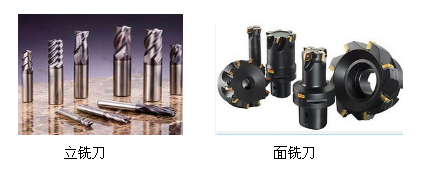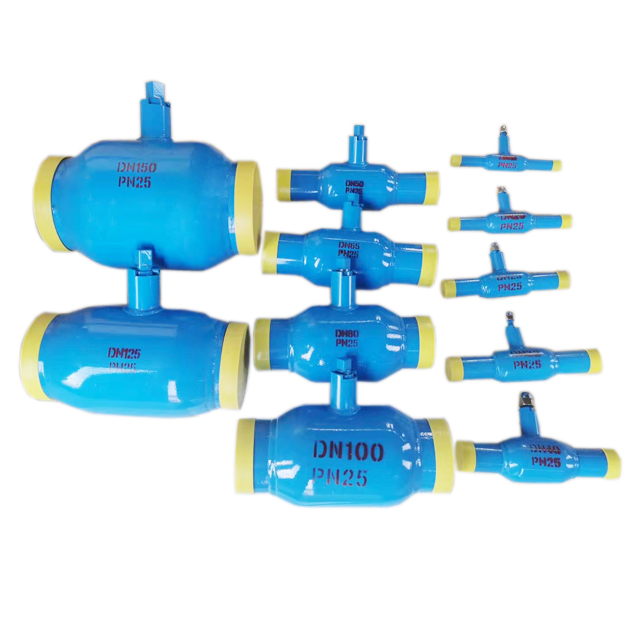The choice of tool is one of the important contents in the numerical control processing technology. It not only affects the machining efficiency of the machine tool, but also directly affects the machining quality of the part. CNC tooling is one of the prerequisites for improving the machining efficiency. Its choice depends on the geometry of the part being machined, the state of the material, the fixture and the rigidity of the tool selected by the machine tool.
Different tools have different uses in the NC machining process. What are the commonly used tools in the NC machining process?
1. <br> <br> turning lathe is the most widely used as a metal cutting tool. It can process outer circle, end plane, thread, inner hole on the lathe, and can also be used for cutting and cutting. The turning tool can be divided into an overall turning tool, a welding-assembly turning tool and a mechanical clamping blade. The lathes that mechanically clamp the blades can be further classified into machine tools and indexable tools. Mechanical cutting tools have stable cutting performance and workers do not need to sharpen the knife, so they are increasingly used in modern production.

2. The hole machining tool <br> <br> processing tools generally can be divided into two categories: one is from the machined hole cutter solid material, commonly used twist drill, the center drill deep hole drilling and the like; other One is a tool that reworks existing holes in the workpiece. Commonly used are reamers, reamers, and boring tools. For example, the following figure shows the structure of a standard high-speed steel twist drill. The front end of the working part (knife body) is a cutting part, which is responsible for the main cutting work. The rear end is a guide part, which acts as a guide bit and is also a backup part of the cutting part.

3. The milling cutter <br> <br> is a widely used multi-blade rotating tool, its many types. Divided by purpose: 1) For machining planes, such as cylindrical face milling cutters, end mills, etc.; 2) For machining grooves, such as end mills, T-knifes, and angle cutters; 3) Forming the surface Used, such as convex semi-circular and concave semi-circular cutters and milling cutters for machining other complex forming surfaces. The productivity of milling is generally higher and the roughness of the machined surface is greater.

Broach is a kind of multi-tooth tool with high processing precision and cutting efficiency. It is widely used in mass production and can process various internal and external surfaces. The broach can be divided into various types of inner broaches and outer broaches, depending on the surface of the workpiece being machined. When using broaching, in addition to selecting the rake and back angles of the teeth according to the workpiece material, the broach size is determined according to the dimensions of the workpiece surface (such as the diameter of the round hole), and two parameters need to be determined: (1) teeth Raising angle af [that is, the difference between the radius or height of the front and rear two teeth (or set of teeth)]; (2) The pitch p [that is, the axial distance between two adjacent teeth].
5. Tool <br> <br> gear is a toothed gear cutter tool for machining the gear. According to the working principle of the cutter, gears are divided into forming gear cutters and generating gear cutters. Commonly used forming gear cutters have disc gear cutters and finger gear cutters. Commonly-used generating gear cutters include a pinion cutter, a gear hob, a shaver, and the like. When selecting the gear hob and shaper cutter, the following points should be noted: (1) The basic parameters of the tool (modulus number, tooth profile angle, tooth tip height coefficient, etc.) should be the same as those of the machined gear. (2) The tool accuracy level should be equivalent to the precision level required for the machined gear. (3) The tool rotation should be as same as that of the gear being machined. When the spur gear is rolled, a left-handed cutter is generally used.
Fully Welded Ball Valve
our company is one of the leading China fully welded ball valve manufacturers, welcome to wholesale cheap fully welded ball valve from our factory.
Fully welded ball valve is developed by the engineering technical personnel from the factory with more than 30 years experience in design and manufacture of high-pressure valve and international latest technical standard,it is mainly applied for the long distance pipeline transportation of petrol,natural gas and gas pipeline system in cities.Becuase of the special characteristics of underground type ball valve,the capability to endure pipeline stress,non-corrosbility,safety,weather resisting property and long run reliability is fully considered when designed.There are many various kinds of operation are available included manual,worm gear,pneumatic,electricity,pneumatic-hydraulic,electrically-hydyaulic,computer controlled,as well as various special control models.

Welded Ball Valve,Fully Welded Ball Valve,Seal Welded Ball Valve,Ball Valve Welded
Liaoning LotusNine International Trade co.,ltd , https://www.lj-heatexchangers.com